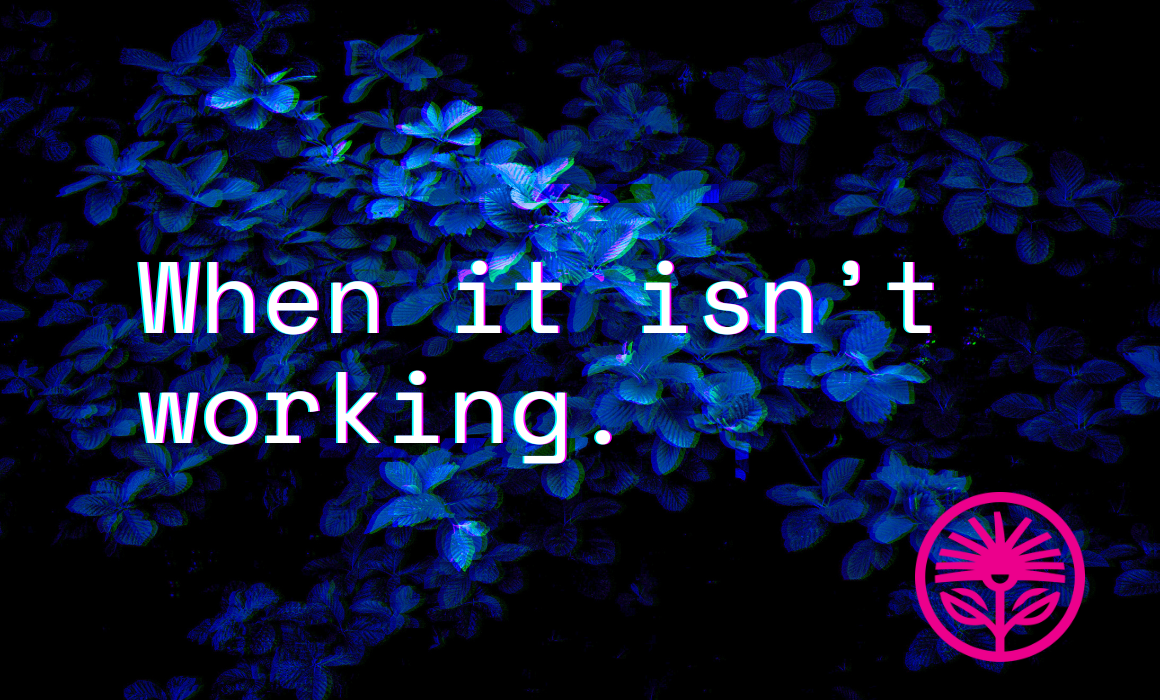What to do when it isn’t working — Kelford Labs Weekly
What I’d ask you.

“Make sure that what you promise is important to your customer.”
— David Ogilvy, Ogilvy on Advertising
I write a lot about how to get started with your marketing. Like how to make it a habit and make it enjoyable.
But sometimes getting started, getting going, and getting it done isn’t the actual problem.
Sometimes, the marketing you’re doing just isn’t working.
This week’s newsletter, and potentially the next few, is all about that problem:
The problem of doing marketing that doesn’t work.
And we’re going to tackle this by walking through the questions I’d ask you if you asked me what to do.
Who is it supposed to work on?
“If you're a B2B marketer, and you don't know who you’re selling to, what are you doing?”
— Vajre & Spett, ABM is B2B
So, the big first question I’d ask you is, “Who is your marketing supposed to be working on?”
Like, if someone were to buy from you because they saw your marketing, who would that person be?
This might be the crux of the whole thing, because the answer to this question is, ideally, the name of an actual person, especially if you’re in B2B. If you’re in B2C, it should at least be an extremely precise description of an actual customer you’ve had. Including what they buy, and when, and why.
This isn’t a place for personas (honestly, I don’t know that there’s any place for personas), or a list of demographics. It also can’t be a hand-wavy gesture toward an industry or geography.
It’s got to be a real person.
Because, the thing is, if we don’t know who we’re marketing to, any marketing success would be accidental.
It can happen, but we can’t count on it. Instead, we want our marketing to be intentional. Which means specific, directed, targeted.
We all witness thousands of marketing messages every single day. It’s almost unthinkable that we could accidentally gain someone’s attention and interest without addressing them specifically.
No, to get attention, engagement, interest, and sales, we need to know exactly who we’re trying to reach.
Are they already interested?
Okay, once we’ve figured out who you’re specifically targeting with your marketing, I’ve got to ask the next big one:
“What are they buying now instead?”
Or, if they don’t end up finding you or your services or products, what would they end up buying instead?
That’s a core element of understanding our customer: Understanding what, and why, they buy now. Because we need to make our marketing messages specifically suited to those desires, preferences, and habits.
Think about it this way: If our ideal customers would buy something much cheaper (or costlier!) than what we offer, or something vastly different than what we provide, they’re probably not real customers we should target.
They might be a fantasy.
Because, as Trout and Rise put it, “The single most wasteful thing you can do in marketing is try to change a mind.”
It’s simply too wasteful to try to convince someone who isn’t already likely to want what we offer to give it a try. If you’ve got money and time to burn, by all means, go for it.
But if you don’t, don’t.
When you think about it, it’s hard enough to get people who want what we sell and are looking for it to buy from us in particular.
It’s infinitely more difficult to try to convince someone they should want it.
What are you asking them to do?
Okay, I’ve pestered you about knowing your customer. I’ve cajoled you into making sure they’re likely to buy.
Now, it’s time to make sure they can buy, by giving them something else to do instead.
What I mean is, if the only thing they can do is go straight from an advertisement or marketing message to a sales or purchase page, you’re going to lose most of your prospects in the chasm beneath that leap.
It’s just too much to ask to expect someone to buy the first time they hear about us. Most businesses sell things that take consideration. Which means we need content.
We need something they can subscribe to, bookmark, or copy the link for so they can return and keep considering.
And then, our marketing messages should focus on getting our ideal customers one step closer at a time.
As Katy Milkman wrote in How to Change, “Reminders work far, far better when we act on them immediately.”
If we want our customers to take action in the moment, we need to give them actions that aren’t onerous or inconvenient.
So we should make it simple to learn more, stay engaged, and be reminded that we exist.
What’s next?
If your marketing has been struggling, how did it feel to answer those questions? Did they reveal anything that might help, or are you still wondering what to do next?
Please, go ahead and reply to this email with any questions you might have (or reach out at labs@kelfordinc.com anytime).
Next week, we’ll spend some time digging into what to do once you’ve answered these questions.
Kelford Inc. shows entrepreneurs the way to always knowing what to say.



